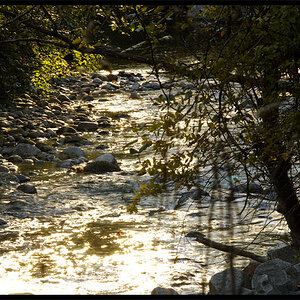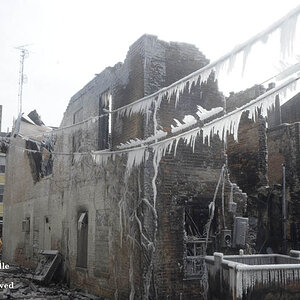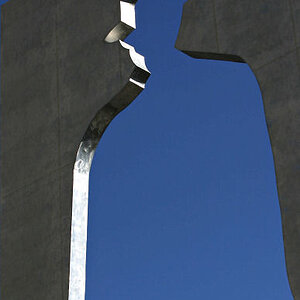UUilliam
TPF Noob!
- Joined
- May 28, 2009
- Messages
- 1,717
- Reaction score
- 2
- Location
- Glasgow
- Can others edit my Photos
- Photos OK to edit
In my camera's LCD my images seem PERFECTLY exposed
I then put them onto my laptop and view on my External monitor, and they are extremly underexposed!
I then tested my camera by setting ISO to 400 and aperture to f5.6 I think
then I took pictures of the same thing, Lowering my shutter speed each time, Every one of them was underexposed (but identical somehow...) on my camera's LCD screen...
Here Is one of the images I had taken.
I shot Raw + Jpeg (first time, I usually shoot full RAW) when this occurred, The only reason I use RAW+ Jpeg is cause my college computer software cannot read my Canon 450D RAW codec file
Even though Camera RAW 4.5 is Freeware and works with Photoshop CS3 they cannot download it as it is only Free to Home users...
so Jpeg is my next option but I prefer to keep a raw incase my WHITE BALANCE is off, I dont use it to fix my exposure much, I prefer that to be correct in camera.
Further inspection shows the JPEGs are over eposed.. the raw is underexposed and some of the jpeg is off on the hwite balance and focus... :S
Ill convert the RAW to jpeg...
Camera Exposure:
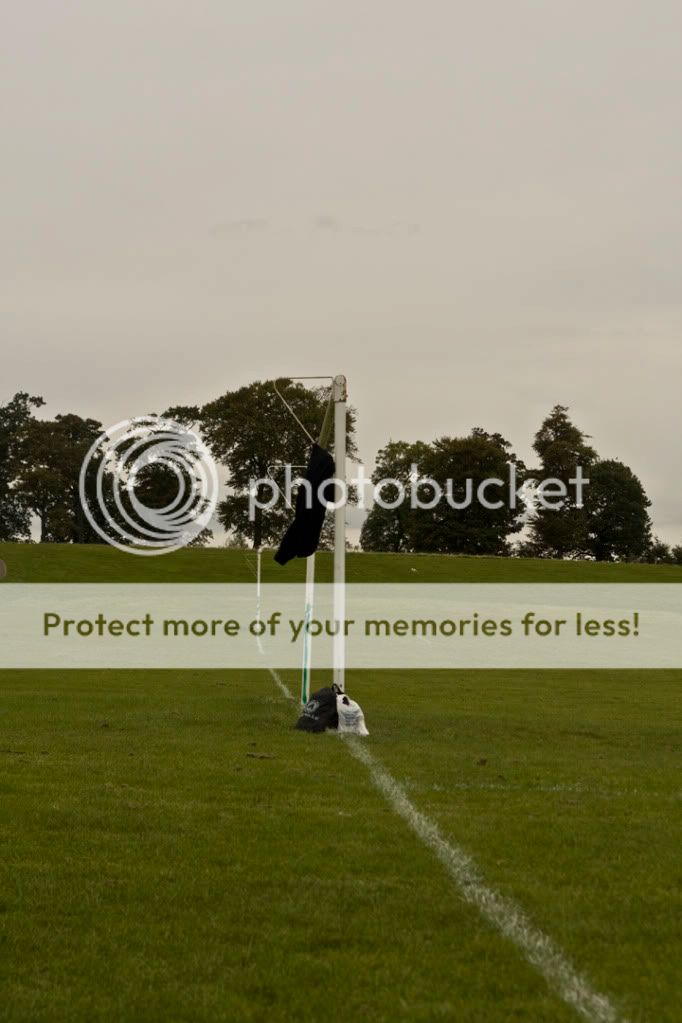
Photoshopped exposure (ignore the dull sky)

GRR this is annoying me now!!!
The images look even worse on the web now!
they were shot in sRGB!
I never had this problem before!!!!!!!
I then put them onto my laptop and view on my External monitor, and they are extremly underexposed!
I then tested my camera by setting ISO to 400 and aperture to f5.6 I think
then I took pictures of the same thing, Lowering my shutter speed each time, Every one of them was underexposed (but identical somehow...) on my camera's LCD screen...
Here Is one of the images I had taken.
I shot Raw + Jpeg (first time, I usually shoot full RAW) when this occurred, The only reason I use RAW+ Jpeg is cause my college computer software cannot read my Canon 450D RAW codec file
Even though Camera RAW 4.5 is Freeware and works with Photoshop CS3 they cannot download it as it is only Free to Home users...
so Jpeg is my next option but I prefer to keep a raw incase my WHITE BALANCE is off, I dont use it to fix my exposure much, I prefer that to be correct in camera.
Further inspection shows the JPEGs are over eposed.. the raw is underexposed and some of the jpeg is off on the hwite balance and focus... :S
Ill convert the RAW to jpeg...
Camera Exposure:

Photoshopped exposure (ignore the dull sky)

GRR this is annoying me now!!!
The images look even worse on the web now!
they were shot in sRGB!
I never had this problem before!!!!!!!
Last edited:


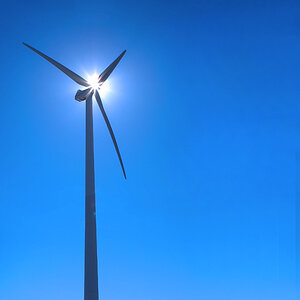

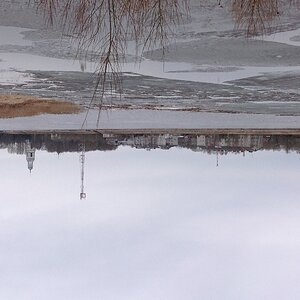
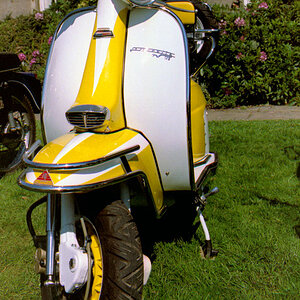
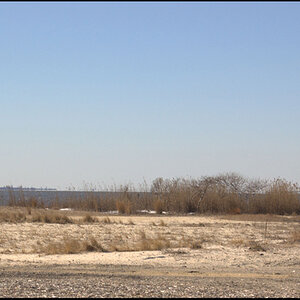
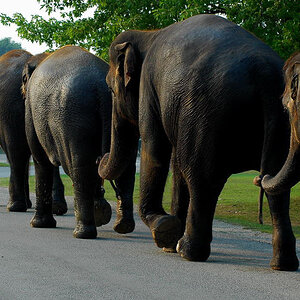
![[No title]](/data/xfmg/thumbnail/33/33356-9cfc19255e84aab13c903f781a99cf9f.jpg?1619735920)
![[No title]](/data/xfmg/thumbnail/31/31980-e5048a424621c7b3cd0d306d63c09d67.jpg?1619735137)
